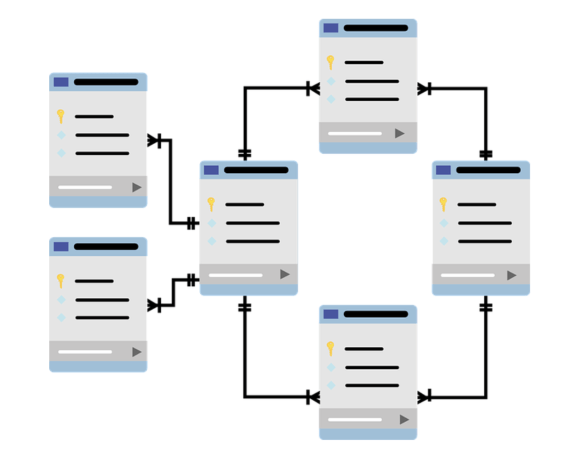Course
Topics
SQL Courses
2 hr
646.4K
Course
Intermediate SQL
4 hr
206K
Course
Introduction to SQL Server
4 hr
141.7K
See More
RelatedSee MoreSee More
blog
Top 5 SQL Server Certifications: A Complete Guide
Unlock SQL Server certification success with our guide on paths, preparation with DataCamp, and the top certifications to enhance your career.
Matt Crabtree
8 min
blog
PostgreSQL vs. MySQL: Choosing the Right Database for Your Project
Explore the key differences and similarities between PostgreSQL and MySQL to find the best database solution for your project's needs.
Jake Roach
8 min
blog
SQL Developer Salaries: Expectations in 2024
In this article, we're going to learn what an SQL developer does, what factors impact SQL developer salaries, how the average SQL developer salary compares to the average salaries of other developer profiles, and how you can increase your salary as an SQL developer.
Elena Kosourova
7 min
podcast
50 Years of SQL with Don Chamberlin, Computer Scientist and Co-Inventor of SQL
Richie and Don explore the early development of SQL, the commercialization and adoption of SQL, how it became standardized, how it evolved and spread via open source, the future of SQL through NoSQL and SQL++ and much more.
Richie Cotton
36 min
tutorial
Snscrape Tutorial: How to Scrape Social Media with Python
This snscrape tutorial equips you to install, use, and troubleshoot snscrape. You'll learn to scrape Tweets, Facebook posts, Instagram hashtags, or Subreddits.
Amberle McKee
8 min
code-along
A Beginner's Guide to Data Analysis with SQL
In this session, DataCamp's VP of Media Adel Nehme & co-host of the DataFramed podcast, shows you how to get started with SQL.
Adel Nehme
